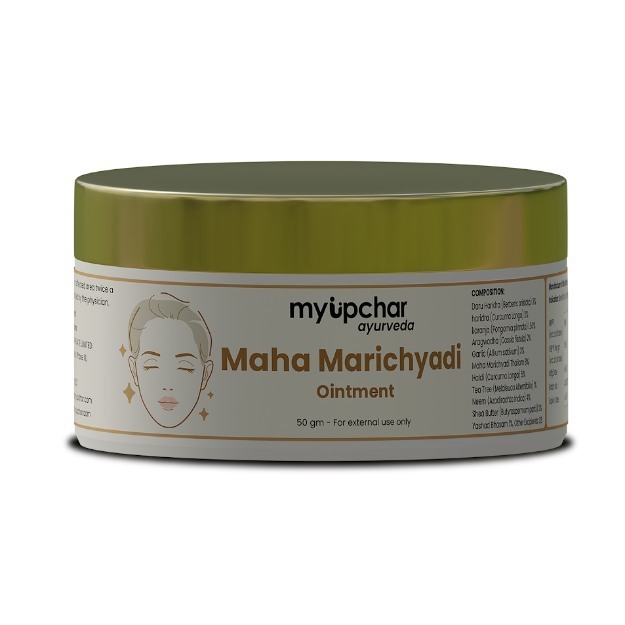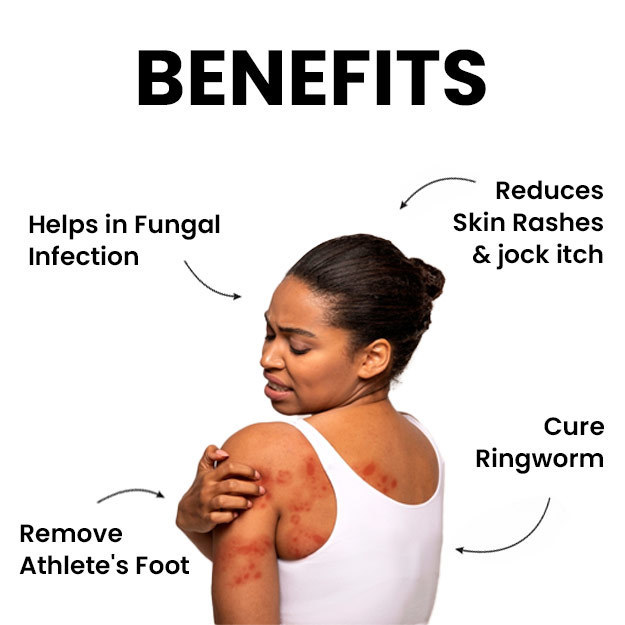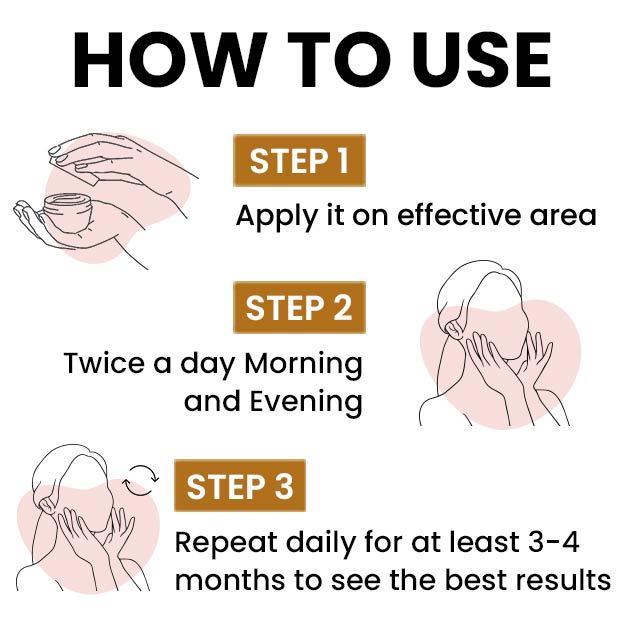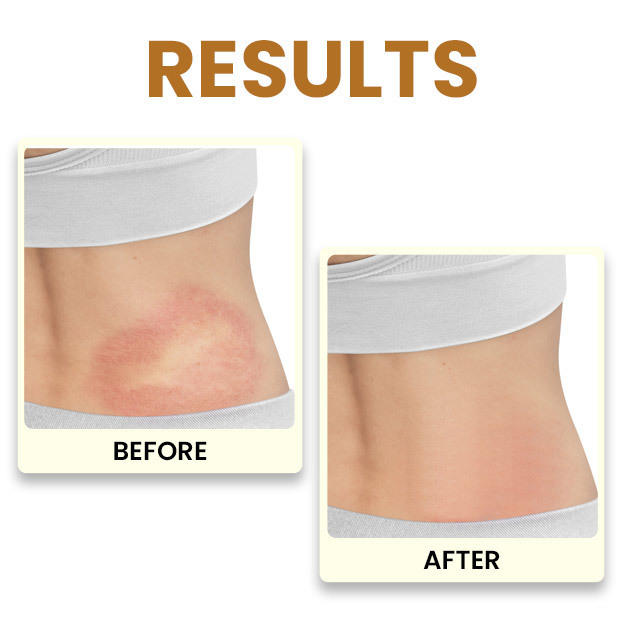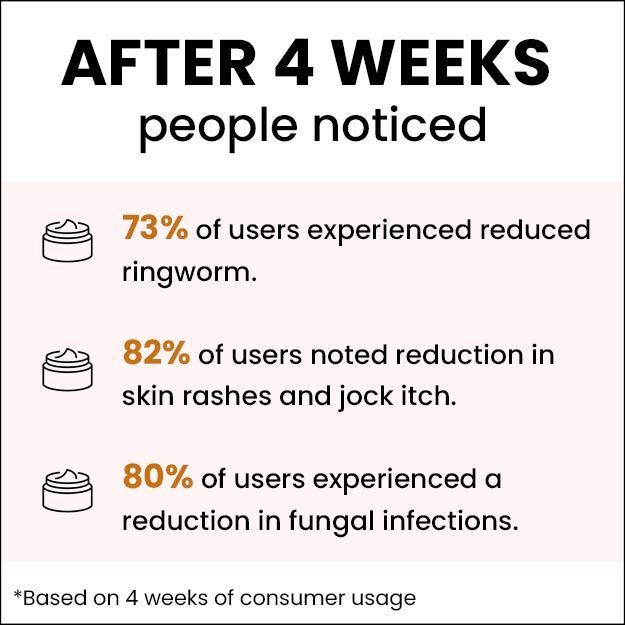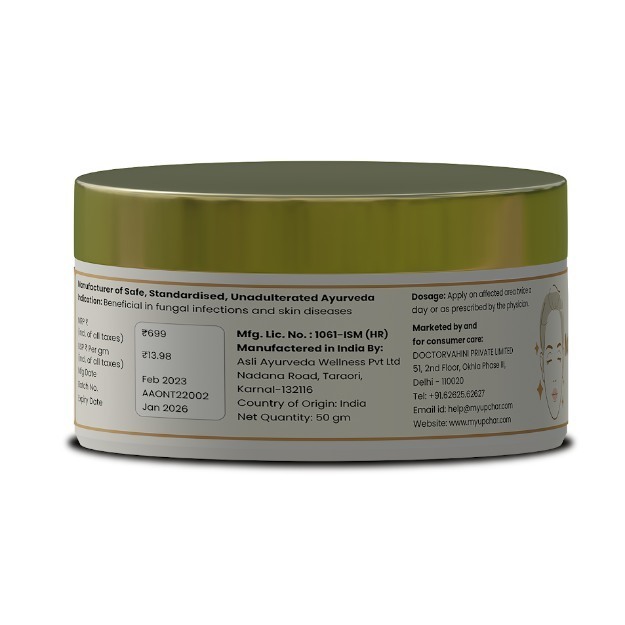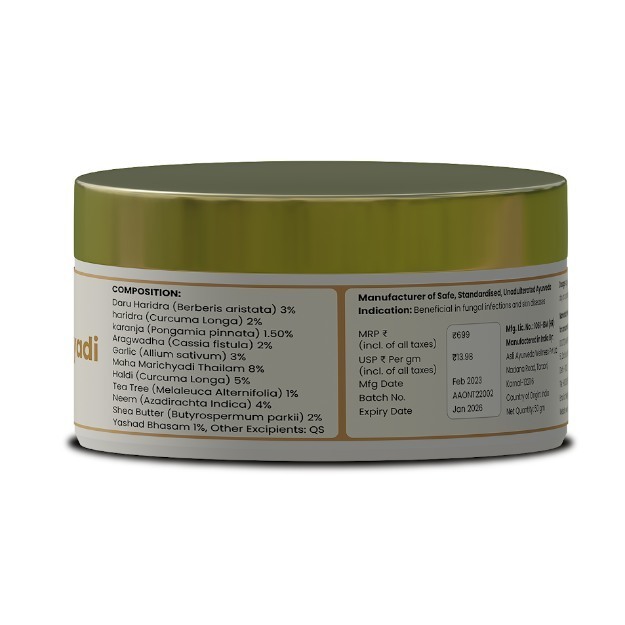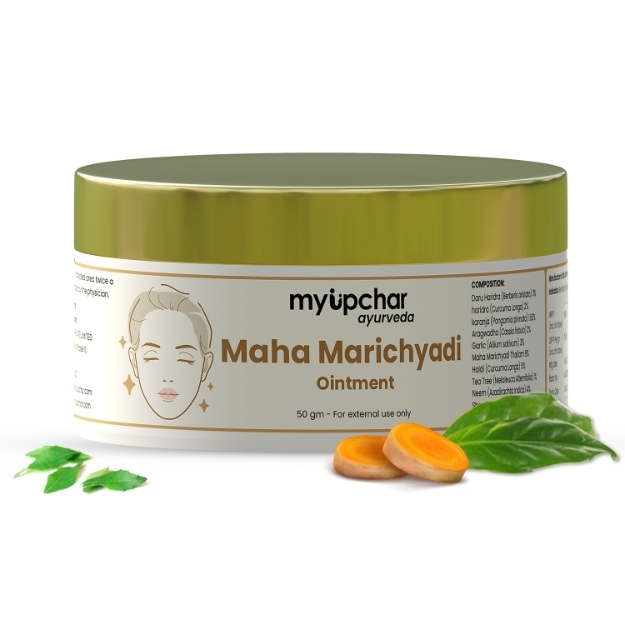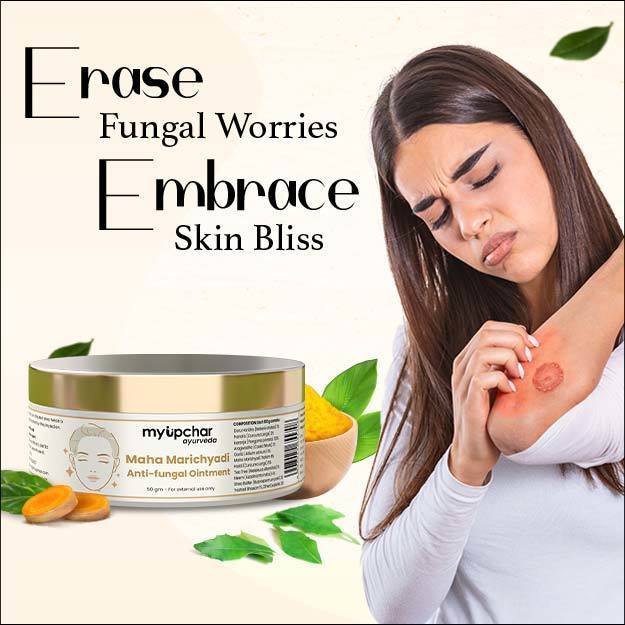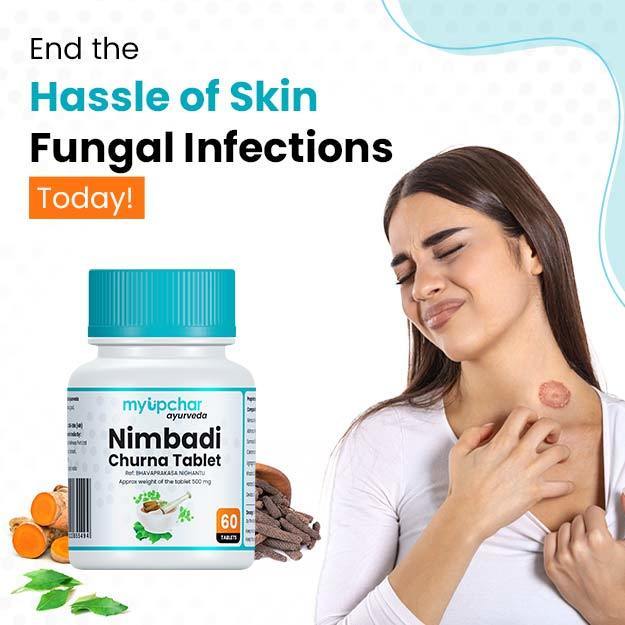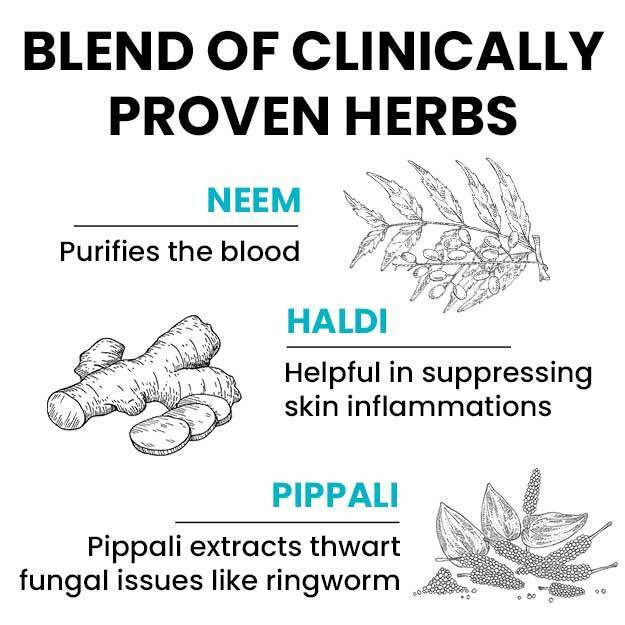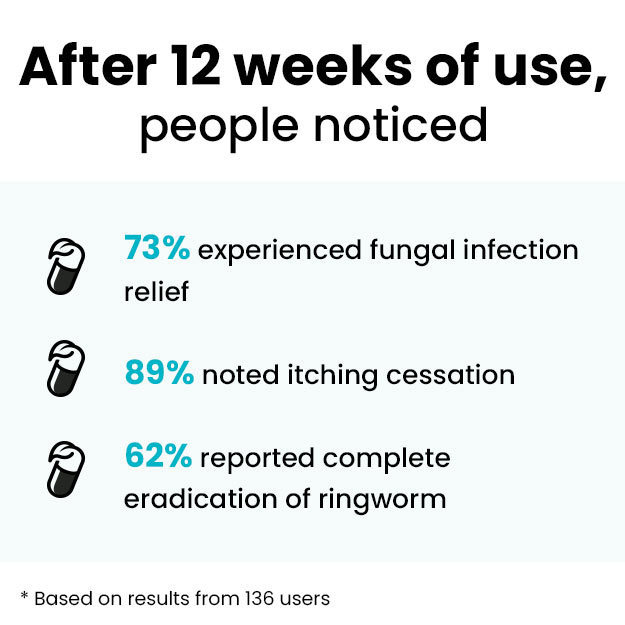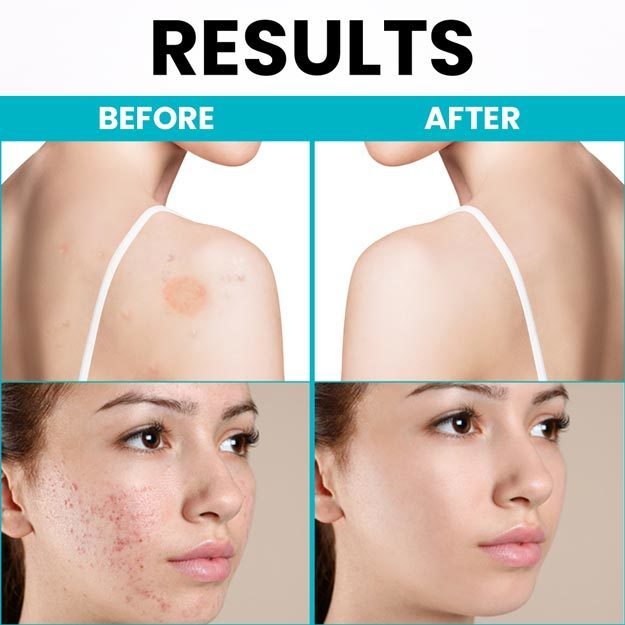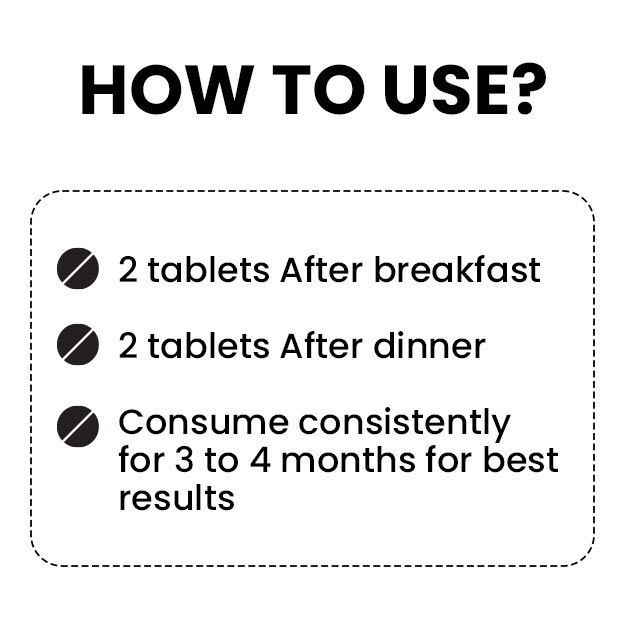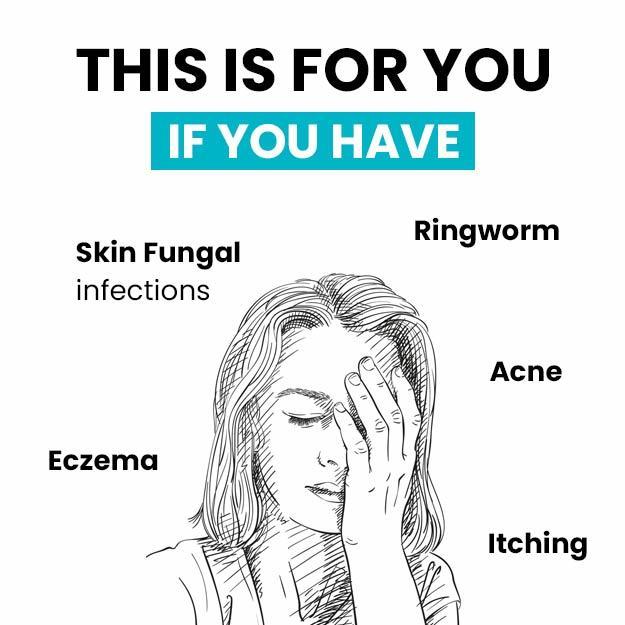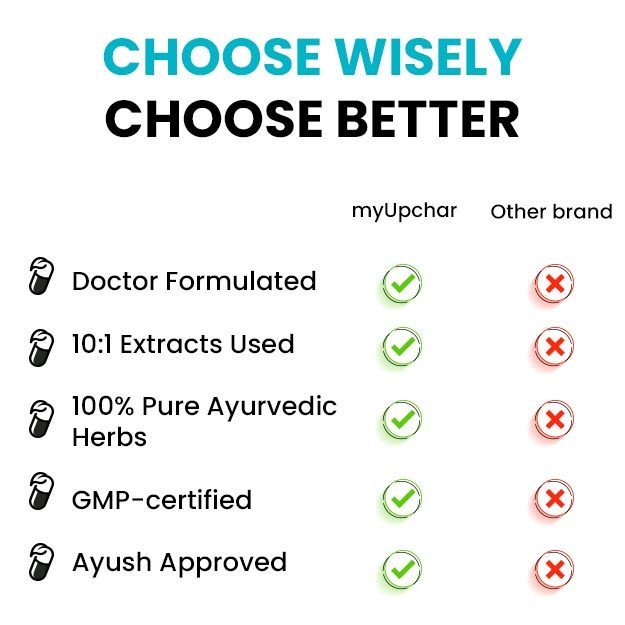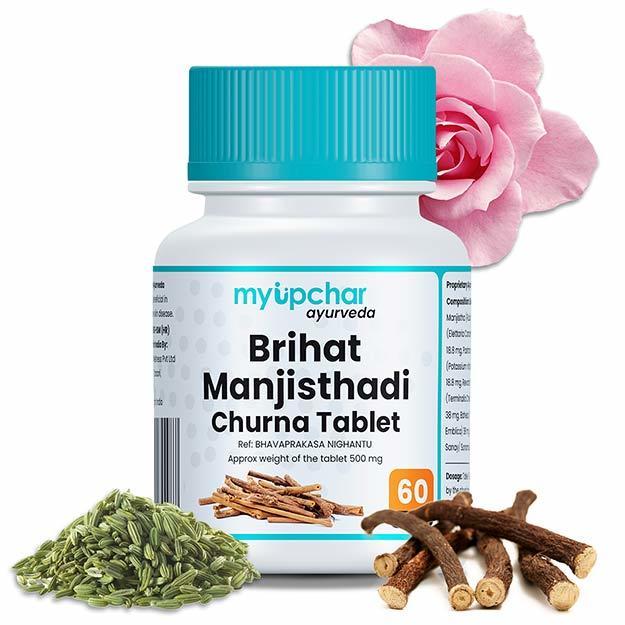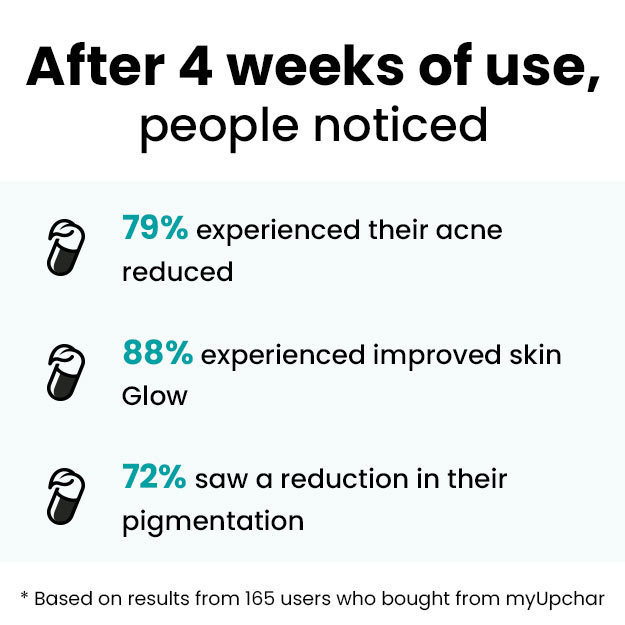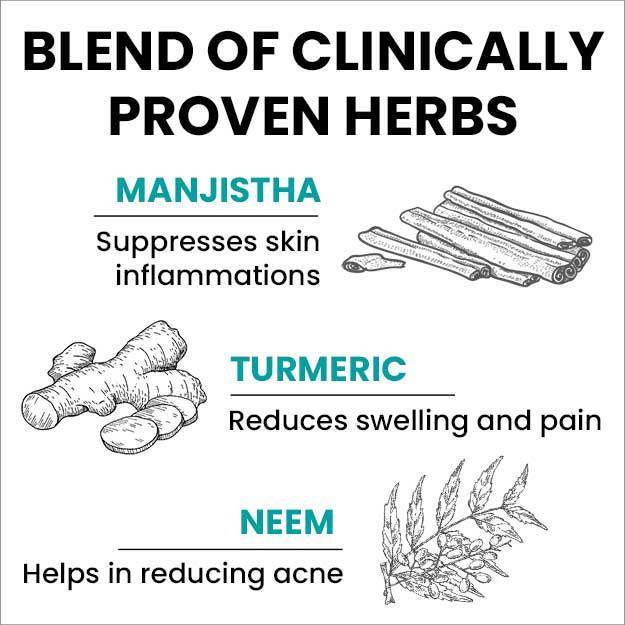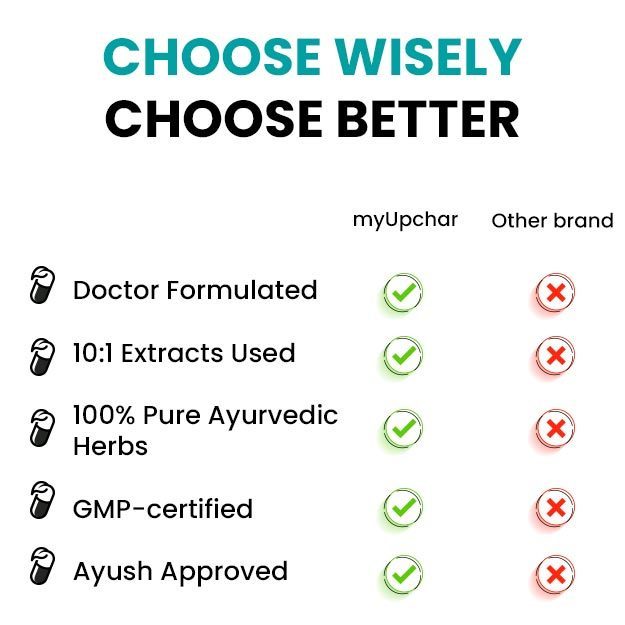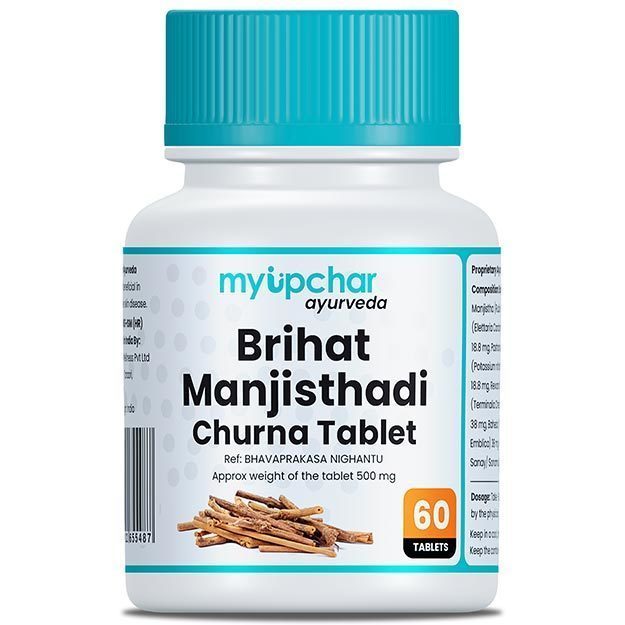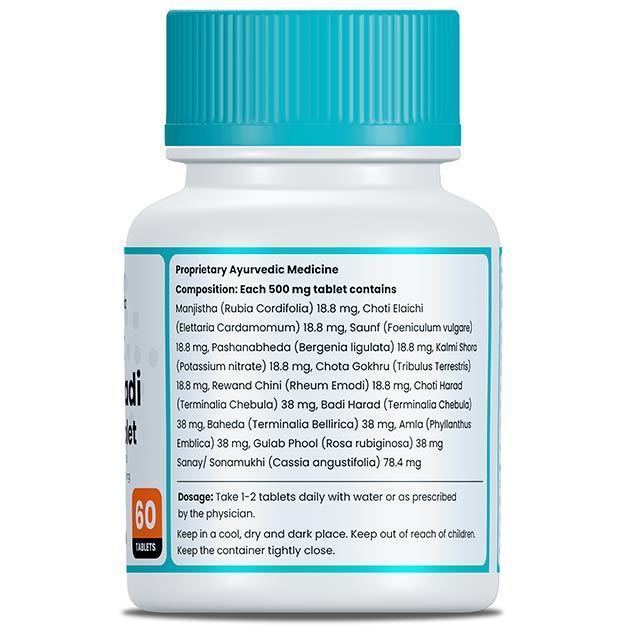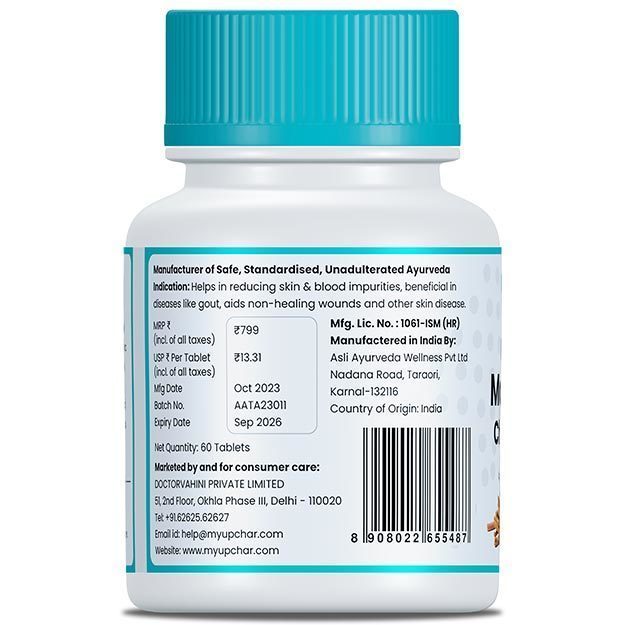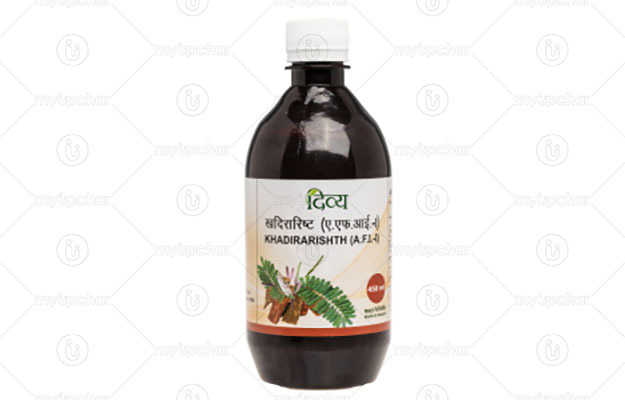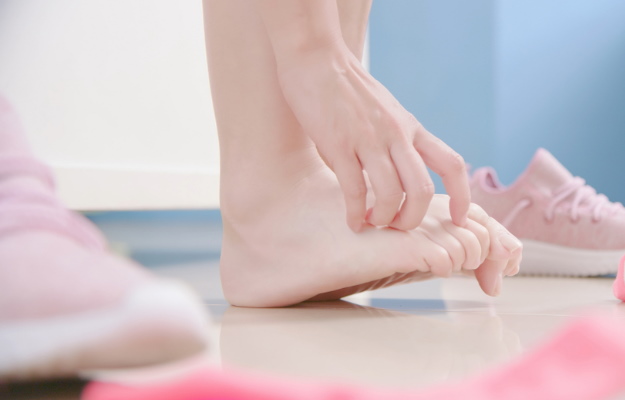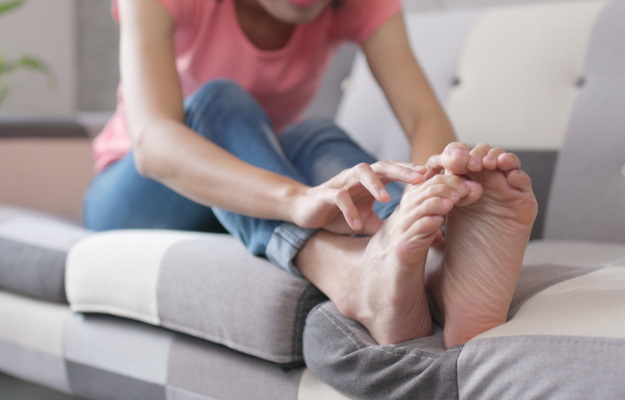Itching refers to an irritating or tingling feeling on the skin that makes you scratch. It occurs either on a specific location or on the entire body. Dry and ageing skin are two of the most common conditions associated with itching. It may also occur due to skin conditions like eczema, poison ivy or poison oak, rashes, psoriasis and superficial skin infections like impetigo and folliculitis. Insect stings and bites, hives, and allergic reactions are some other conditions that may lead to itching.
Ayurveda describes panchakarma (five therapies) methods of virechana (purgation), vamana (emesis) and raktamokshana (bloodletting) to reduce kandu or itching resulting from skin conditions like psoriasis and eczema. Herbs like nimba (neem), haridra (turmeric) and khadira (black catechu) along with formulations like arogyavardhini vati and manjishthadi kwatha are administered to relieve itching caused due to psoriasis.
Eating easy-to-digest food, consuming barley and bitter leafy vegetables, exercising regularly, avoiding sour and salty foods and excessive exposure to the sun help reduce itching and manage the underlying conditions associated with itching.
- Ayurvedic view of itching
- Ayurvedic treatment for itching
- Ayurvedic herbs and medicines for itching
- Dietary and lifestyle changes for itching patient as per ayurveda
- How effective are ayurvedic medicines and treatments for itching
- Side effects and risks of ayurvedic medicine and treatments for itching
- Takeaway
Ayurvedic view of itching
Common causes of generalised itching are disease conditions like chicken pox, allergies, pregnancy, or iron-deficiency anaemia. It may also occur due to kidney disease, hepatitis or as a reaction to certain medicines like vitamin A, antibiotics and griseofulvin. Localised itching can occur due to sunburns, dermatitis, parasites like head lice, rashes and reactions to irritants like chemicals and soaps.
Vitiation of kapha and pitta along with vata is one of the major causes for skin conditions like psoriasis that cause itching. Suppressing natural urges, rapid change of weather from hot to cold, eating heavy foods and consuming excess fish, eating incompatible food combinations like fish and milk, eating foods uncongenial to ones prakriti (constitution) like jaggery, radish, new cereals and sesame, and abnormal metabolism are some of the causative factors of vicharchika (eczema), which leads to itching. People with dadru (ringworm) experience elevated pimples in a circular shape along with severe itchy skin.
Ayurvedic treatment of psoriasis itching comprises the administration of herbs and medications after performing the cleansing procedures of panchakarma. External applications using medicated oils are also used to reduce itching caused due to common skin conditions like eczema and ringworm.
Ayurvedic treatment for itching
- Vamana
- Vamana therapy involves administration of medicinal herbs to induce vomiting.
- This procedure helps eliminate toxins and excess pitta and kapha from the body.
- It is indicated for the treatment of health conditions like dyspepsia, rhinitis, respiratory diseases, skin conditions and sinusitis.
- A diet including oily foods, milk, fatty foods, curd and animal meat might be given 24 hours before initiating vamana.
- Nimba, chitraka (leadwort) and karanja (Indian beech) are some of the commonly used herbs for emesis.
- Vamana is especially useful in the treatment of ekakushtha (psoriasis) and can reduce the itching caused due to this skin disorder.
- Virechana
- Virechana therapy is primarily indicated for the treatment of gastrointestinal tract disturbances, asthma, chronic jaundice, insanity, epilepsy, pitta disorders and skin conditions.
- This procedure involves the administration of purgative herbs to eliminate the excess pitta and toxins from the body via the rectal route.
- Herbs used for purgation therapy are chosen according to the prakriti of the patient and the purgative nature of the herb.
- A proper purgation includes the expulsion of excess vata, stool, ama, kapha and pitta from the body.
- After undergoing virechana therapy, people experience a feeling of lightness in body along with improvement in appetite.
- .Virechana is also useful in the treatment of eczema and ekakushtha and it helps provide relief from itching caused due to these skin conditions.
- Raktamokshana
- Raktamokshana is a type of bloodletting, which is commonly performed using metallic instruments. Leeches, dried bitter gourd and cow’s horn are some of the other agents used for this therapy.
- It aims at treating blood-borne conditions by eliminating toxic materials from the bloodstream and is indicated for the treatment of pitta conditions, anorectal inflammation, dyspepsia, jaundice, halitosis, gingivitis, boils and gout.
- It is also effective in the management of skin conditions and diseases affecting the skin like leukoderma, red patches, scabies, black pigmentation, chickenpox and psoriasis. Therefore, this therapy can help reduce itching caused due to all of these skin conditions.
- Lepa
- Lepas are medical plasters prepared from multiple ingredients like amalaki (Indian gooseberry), oil, kushtha (costus), barley and vacha (calamus).
- They usually have a paste-like or a semisolid consistency and are applied to the affected area against the direction of the hair.
- Vishaghna (poison-removing), doshaghna (dosha-reducing) and varniya mukhalepa (cosmetic) lepa are the three types of lepas mentioned in Ayurvedic texts.
- A lepa prepared from aragvadha (golden shower), horseradish juice, tulsi (holy basil), manjishtha (Indian madder), sarsapa taila (mustard oil), haridra and triphala (a combination of amalaki, vibhitaki [belleric myrobalan] and haritaki [chebulic myrobalan]) is beneficial in reducing itching caused due to dadru.
- Karanja, tuvaraka, jatyadi or mahamarichadi oil and jeevantyadi yamaka lepa, are applied externally to alleviate psoriasis symptoms such as itching.
Ayurvedic herbs and medicines for itching
Ayurvedic herbs for itching
- Khadira
- Khadira is loaded with active phytoconstituents like catechin, catechu-tannic acid and tannins, which have various therapeutic effects on the body.
- It is quite useful in the treatment of skin diseases like psoriasis, which are usually associated with itching.
- Khadira also helps in the management of shotha (swelling) and prameha (diabetes).
- It is an essential constituent of many Ayurvedic formulations like khadirarishta, irimedadi taila and khadiradi gutika.
- Daruharidra (Indian beriberi)
- This herb acts on the circulatory and digestive systems and has diuretic, bitter tonic, stomachic, and fever-reducing properties.
- It helps eliminate the aggrevated pitta from the body, which is one of the primary causes of most skin diseases. It also aids in neutralising and eliminating ama (toxins) from the body.
- A bath with daruharidra is often recommended for the reducing itching and other symptoms associated with psoriasis.
- You can use daruharidra in the form of a decoction, eyewash, powder, medicated ghee (clarified butter), paste or as per your physician’s direction.
- Nimba
- Nimba acts on the circulatory, respiratory, digestive and urinary systems and has astringent, soothing, anthelmintic and antiseptic properties.
- As a blood purifying herb, it helps remove toxins from the body.
- It can provide relief from itching caused due to eczema and chickenpox.
- This herb is also used to treat swelling and inflammation of the joints and bones and is helpful in treating ulcers of the mucous membranes.
- You can take nimba in the form of an infusion, decoction, powder, oil, medicated ghee or as per your physician’s direction.
- Haridra
- Haridra acts on the circulatory, digestive, urinary and respiratory systems and has antibacterial, carminative (relieves flatulance), and anthelmintic properties.
- It purifies blood and aids in the process of blood tissue formation.
- Haridra is used in the treatment of skin diseases like psoriasis, ringworm, pruritus and skin allergies.
- It is also effective in treating wounds, arthritis, urinary conditions, inflammatory bowel syndrome, diabetes, swelling and bruises.
- You can use haridra in the form of a decoction, milk decoction, powder, paste, infusion, external paste or as per your physician’s direction.
- Manjishtha
- Manjishtha acts on circulatory and female reproductive systems and has diuretic, astringent, and anti-tumour properties.
- It is one of the best blood-purifying herbs, which also improves blood circulation and eliminates ama from the body.
- Together, all these properties help in the treatment of common skin conditions like psoriasis. It is also used to treat other health conditions like kapha disorders, hepatitis, jaundice, paralysis, injuries, dysmenorrhea and arthritis.
- You can take manjishtha in the form of a powder, paste, ghee, decoction or as per your physician’s direction.
Ayurvedic medicines for itching
- Gandhak rasayana
- This herbal formulation is prepared from jaggery, trikatu (a combination of the three acrids – pippali [long pepper], shunthi [dried ginger] and maricha [black pepper]) ghee, honey, ela (cardamom), amalaki, cinnamon leaves and barks, shuddha gandhaka (pure brimstone), iron, and various other herbs.
- The herbs used to prepare this medicine help purify blood, which makes it effective in the treatment of boils, leprosy and other chronic skin conditions.
- It is also useful in treating eczema, thereby reducing itching caused by it.
- Arogyavardhini vati
- Arogyavardhini vati not just treats disease symptoms but also it helps improves overall health.
- It is useful in the management of various skin diseases including ringworm, psoriasis and eczema and can thus reduce the itching caused due to these skin conditions.
- The primary ingredient of this formulation is trivrit (Indian jalap); however, other herbomineral ingredients like neem, triphala, abhraka bhasma (calcined preparation of mica) and tamra bhasma (calcined preparation of copper) are also included in this formulation.
- The constituents of arogyavardhini vati have pitta virechana (elimination of pitta through faeces), vata anulomana (pacification and regulation of vata) deepana (appetising), pachana (digestive) and kapha shamana (kapha-pacifying) properties.
- It helps reduce aggravated doshas in the body, thereby improving the effectiveness of panchakarma procedures.
- Manjishthadi kwatha
- Manjishthadi kwatha is a combination of 10 Ayurvedic herbs including vacha, haridra, guduchi (heart-leaved moonseed), nimba, manjishtha, and triphala.
- It is mainly indicated in the treatment of chilblains, arthritis and diabetes.
- This medicine is also useful in treating skin conditions like eczema, which is usually associated with itching.
As treatments vary based on numerous factors and an individual’s prakriti, you should consult a qualified Ayurvedic doctor for the appropriate medications and treatments for your specific complaints.
Dietary and lifestyle changes for itching patient as per ayurveda
Do’s
- Include old rice, barley, snake gourd, cucumber, moong dal, tikta shaka (bitter leafy vegetables), and wheat in your diet
- Eat light foods
- Maintain personal and environmental hygiene
- Consume rock salt instead of common salt
- Follow dinacharya (daily routine) and ritucharya (dietary and lifestyle regimen based on changing seasons) appropriately
Don’ts
- Do not eat fish, black gram, newly harvested food grains, refined flour products, radish, jaggery, fermented foods, curd and salt
- Do not suppress natural urges
- Avoid excessive exposure to the sun
- Do not eat sour or salty foods
- Avoid eating incompatible food combinations
- Avoid overeating and eating frequently
- Avoid mental stress and anxiety
- Do not sleep during the day
How effective are ayurvedic medicines and treatments for itching
In a case study, a 45-year-old individual who complained of rashes and intense itching in feet was given virechana therapy and other panchakarma therapies along with an oral dose of arogyavardhini vati thrice a day for 1 month. After completion of the treatment, the patient reported relief from itching and rashes along with a reduction in mental stress The study concluded that Ayurvedic therapies and medications are effective in the management of itchy rashes associated with eczema.
Side effects and risks of ayurvedic medicine and treatments for itching
- People with hematemesis, cachexia or heart conditions should not undergo vamana therapy. Older people and children should also avoid this therapy.
- Inadequate purgation during virechana therapy causes heaviness in the body and abdomen along with dyspepsia and constipation. Excessive purgation may also cause syncope, bloody discharge from the anus, drowsiness, abdominal pain and weakness.
- Daruharidra should be used with caution in individuals with excess vata.
- Haridra is not advisable for individuals with acute jaundice and hepatitis.
Takeaway
Itching is a discomforting condition associated with a number of conditions including dry skin, pregnancy, chicken pox and eczema. Ayurvedic treatment of itching aims at treating the underlying conditions to provide complete and long-term relief from this symptom. Panchakarma methods like vamana and virechana and blood purifying herbs such as neem and manjishtha are beneficial in eliminating toxins and aggravated doshas from the body, which are the most common causes of health conditions associated with itching.
Find Ayurvedic Doctor in cities
Doctors for Ayurvedic medicine, treatment and remedies for Itching

Dr. Ayush Bansal
Ayurveda
2 Years of Experience

Dr. Megha Sugandh
Ayurveda
6 Years of Experience

Dr. Nadeem
Ayurveda
3 Years of Experience

Dr.Ashok Pipaliya
Ayurveda
12 Years of Experience
References
- MedlinePlus Medical Encyclopedia: US National Library of Medicine; Itching
- Ministry of AYUSH, Govt. of India. Ayurvedic Standard Treatment Guidelines. [Internet]
- Vaidya Bhagwan Dash. Handbook of Ayurveda .Concept Publishing Company (1987) : Delhi, India.
- National Institute of Indian Medical Heritage (NIIMH). Dadru. Central Council for Research in Ayurvedic Sciences (CCRAS); Ministry of AYUSH, Government of India.
- Charmi S Mehta, Alankruta R. Dave, V. D. Shukla. A clinical study of some Ayurvedic compound drugs in the assessment quality of life of patients with Eka Kushtha (psoriasis). Ayu. 2011 Jul-Sep; 32(3): 333–339, PMID: 22529646.
- Nishant Singh. Panchakarma: Cleaning and Rejuvenation Therapy for Curing the Diseases . Journal of Pharmacognosy and Phytochemistry, Vol.1 No. 2 2012.
- Ministry Of Health And Family Welfare. The Ayurvedic Pharmacopoeia Of India. Department Of Ayush; Government Of India [Internet].
- Richard Gaunt. Herbs, Home Medicine, and Self-Reliance: A Study on the Current Status of Traditional Home Medicine in Idukki District, Kerala. SIT Study Abroad, Vermont, United States [Internet].
- The Indian Medical Practitioners' Co- operative Pharmacy and stores Ltd. Vaidya Yoga Ratnavali . Adyar, Madras-20.
- Santosh Pal, A Ramamurthy, Bidhan Mahajon. Arogyavardhini Vati: A theoritical analysis. Journal of Scientific and Innovative Research 2016; 5(6): 225-227.
- Raman Kaushik, Pragya Sharma. Ayurvedic Management Of Dadru Kustha Vis-À- Vis Tineacorporis : A Case Study. International Ayurvedic Medical Journal, Volume 4; Issue 11; November - 2016.
- Santosh Pal, A Ramamurthy, Bidhan Mahajon. Arogyavardhini Vati: A theoritical analysis. Journal of Scientific and Innovative Research 2016; 5(6): 225-227.
- Oushadhi. Kashaya Choornam & Sookshma Choornam. Govt of Kerala. [Internet]
- Pallavi Hegde et al. A case discussion on eczema. Int J Ayurveda Res. 2010 Oct-Dec; 1(4): 268–270, PMID: 21455456.





